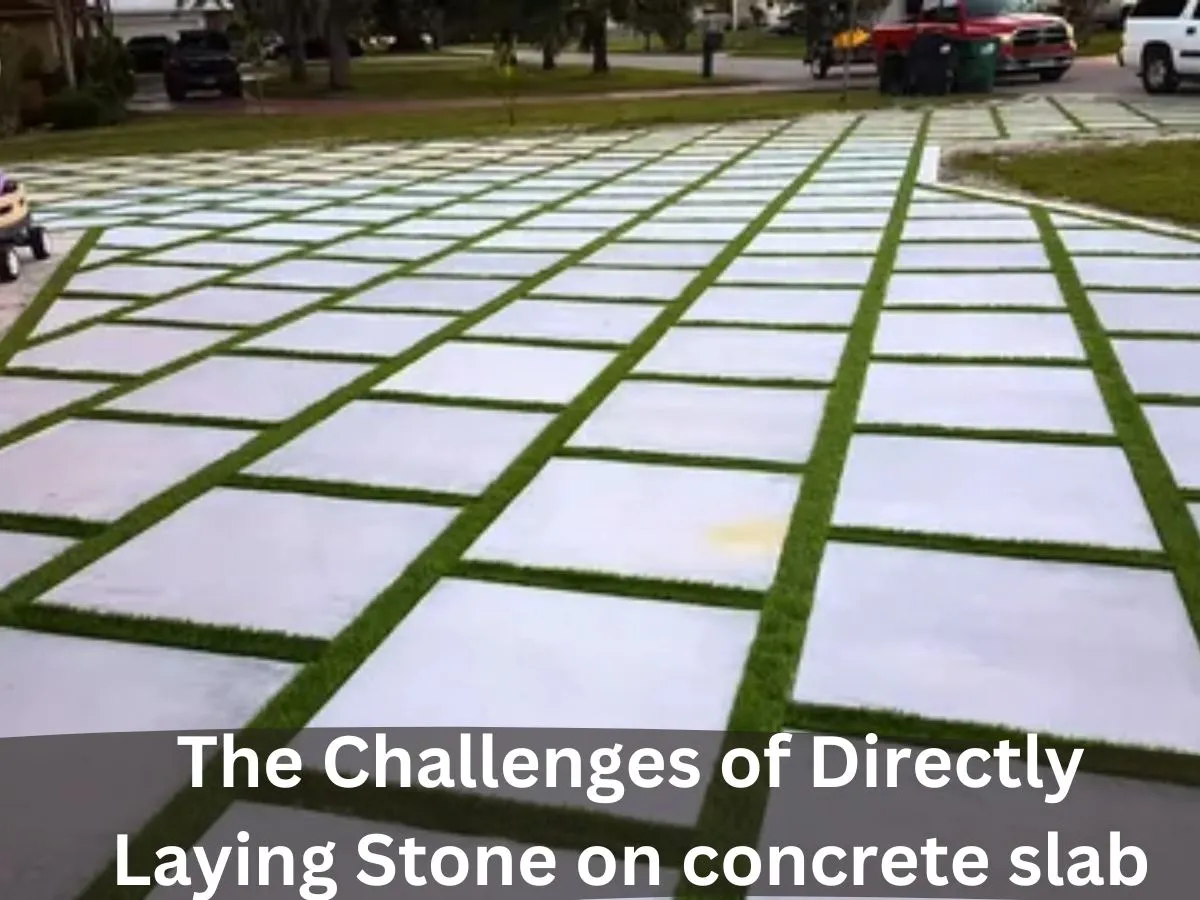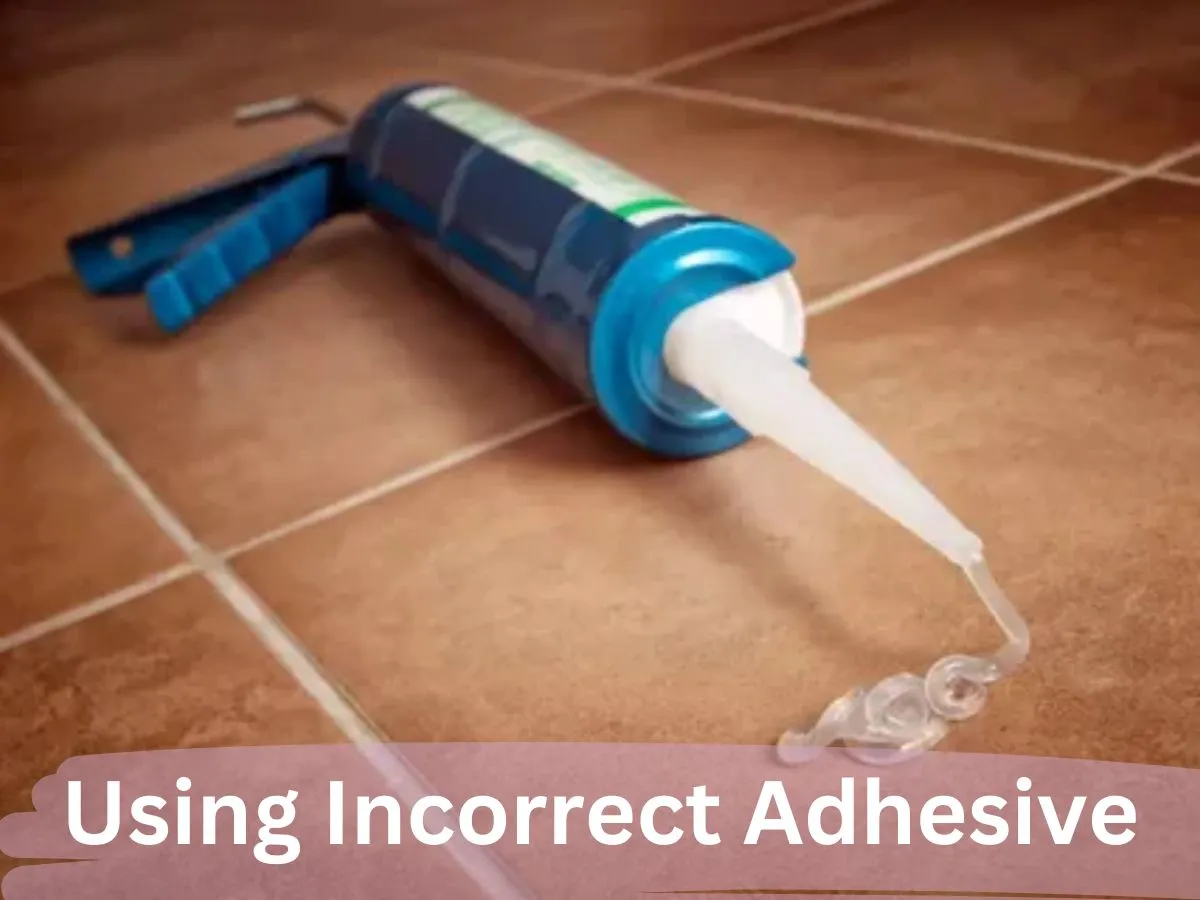Laying stone without delay on a concrete slab might likely appear sincere, but it could motivate troubles like inadequate adhesion, uneven surfaces, or moisture problems.
Proper installation strategies and materials are essential to make certain durability and durability for such projects.
Think laying stone on concrete slab is straightforward? Think again!
Laying stone without delay on concrete regularly results in troubles like bad adhesion, moving stones, and moisture harm.
To make sure a strong, prolonged-lasting set up, it is crucial to use right strategies, which consist of applying a suitable adhesive and getting ready the ground efficiently.
The Importance of Proper Installation Techniques for Laying Stone on concrete slab
Laying stone at once on a concrete slab may additionally look like an honest undertaking, however unsuitable installation can bring about sizable troubles, together with awful adhesion, choppy surfaces, and moisture-related problems.
To ensure a protracted lasting and aesthetically appropriate outcome, expertise in the right strategies and issues for this gadget is crucial.
The Challenges of Directly Laying Stone on concrete slab

The Challenges of Directly Laying Stone on Concrete are follow as :
Adhesion Problems:
Concrete slabs, even if nicely cured, can give challenges for adhesion.
The easy, non-porous ground of concrete may not offer the first-class grip for adhesive materials.
Stones or pavers laid immediately on this surface without a suitable bonding agent may additionally moreover in the long run shift, crack, or come free.
Moisture Issues:
Concrete is a porous material that may entice moisture.
If not nicely addressed, this moisture can seep up through the slab and affect the stone set up.
Uneven Surfaces:
Laying stone immediately on such a ground can result in an uneven look, which now not simplest affects the seen attraction however can also cause tripping risks or structural issues.
Thermal Expansion and Contraction:
Concrete and natural stone amplify and agreement at one-of-a-kind rates in response to temperature changes. Without right installation practices, these substances won’t accommodate these movements successfully, leading to cracks or misalignment.
Proper Preparation and Techniques
Proper Preparation and Techniques are follow as:
Surface Preparation:
The concrete slab ought to be nicely organized before laying stone.
This includes cleaning the surface very well to put off any dust, grease, or free debris.
If the concrete is especially clean, it’d need to be roughened barely to improve adhesion.
Using a Bonding Agent:
To improve adhesion, a suitable bonding agent or primer needs to be finished to the concrete slab.
This lets the adhesive adhere higher to each concrete and the stone, developing an extra durable bond.
There are severa types of bonding outlets available, so choosing one that is well suited collectively with your stone and adhesive is important.
Choosing the Right Adhesive:
The adhesive used to put stone on concrete is crucial.
Thin-set mortar or modified skinny-set mortar are not unusual choices, however the unique type needs to be determined based on the type of stone and environmental situations.
For wet regions or outside programs, a water-proof or moisture-resistant adhesive can be vital.
Applying a Bedding Layer:
In some instances, it’s beneficial to apply a thin layer of mortar or sand to many of the concrete slab and the stone.
This bedding layer can help accommodate minor irregularities in the concrete surface and provide more cushioning to save you cracking.
Ensuring Proper Drainage:
Proper drainage is essential to prevent water from pooling beneath the stones.
If installing stones in an outdoors setting, make certain the concrete slab has ok slope and that the set up permits water to drain far from the floor.
Allowing for Expansion Joints:
Expansion joints need to be covered within the set up to house movement because of temperature modifications.
These joints can assist in cracking and transferring of the stones via taking into account moderate motion among the stone and the concrete.
Sealing the Stone:
After set up, sealing the stone can provide an additional layer of safety in the direction of moisture and marking.
Ensure that the sealant used is well matched with every stone and the adhesive, and apply it regularly with the producer’s commands.
Common Pitfalls to Avoid
Common Pitfalls to Avoid are follow as :
Skipping Surface Preparation:
Failing to nicely put together the concrete floor is a commonplace mistake that may motivate poor adhesion and uneven surfaces.
Using Incorrect Adhesive:

Not all adhesives are appropriate for every sort of stone or application.
Using the wrong adhesive can result in poor bonding and untimely failure of the installation.
Ignoring Moisture Issues:
Overlooking capacity moisture troubles can cause massive damage over time.
Ensure that any moisture issues are addressed in advance than laying the stone.
Neglecting Expansion and Contraction:
Not accounting for the growth and contraction of materials can motivate prolonged-time period problems.
Properly incorporating enlargement joints and the usage of appropriate substances can mitigate those problems.
Key Points
Surface Preparation:
Clean the concrete slab very well to cast off dirt, grease, and particles.
Roughen the ground if it’s far too clean to enhance adhesive bonding.
Adhesion Challenges:
Concrete’s easy floor won’t provide the great adhesion for stones.
Use a suitable bonding agent or primer to enhance adhesion among the concrete and stone.
Moisture Management:
Concrete is porous and may trap moisture, leading to problems if no longer controlled well.
Apply a moisture-resistant adhesive and ensure proper drainage to prevent moisture problems.
Choosing the Right Adhesive:
Select an adhesive like minded with every form of stone and the environmental situations.
Modified skinny-set mortar is typically used, however unique needs can also vary.
Using a Bedding Layer:
Consider utilizing a thin layer of mortar or sand between the concrete and the stone to address minor surface irregularities and provide cushioning.
Expansion and Contraction:
Allow for movement among the stone and urban to deal with temperature changes.
Include expansion joints to prevent cracking and shifting.
Sealing the Stone:
Apply a suitable sealant to protect the stone from moisture and marking after setting up.
Common Pitfalls:
Avoid skipping ground guidance, the use of incorrect adhesives, neglecting moisture troubles, and ignoring the want for enlargement joints.
FAQs
1.Can I lay stone immediately on a concrete slab?
Yes, but it requires proper training and techniques for sturdiness.
2.What must I do to prepare the concrete slab earlier than laying stone?
Clean and roughen the floor to enhance adhesion.
3.Do I need a bonding agent for the stone?
Yes, a bonding agent helps beautify adhesion of various stones and concrete.
Conclusion
Laying stone at once on a concrete slab requires careful interest of various factors to make a successful installation.
By nicely getting equipped with the floor, selecting the proper substances, and following amazing practices, you can reap an extended lasting and attractive end result that stands the check of time.
Avoiding common pitfalls and information the stressful conditions related to this process will assist make certain a clean and lasting installation.
You can also read this

